Flags have to fly freely in the wind. But sometimes it may wrap around the flag due to heavy wind. Therefore, to keep the flag from wrapping around the pole it is necessary to use some objects. We have mentioned the list below and the ways you use to wrap it.
How To Have A Tangle-Free flag
Quick Navigation
1. Get A Spinning Pole
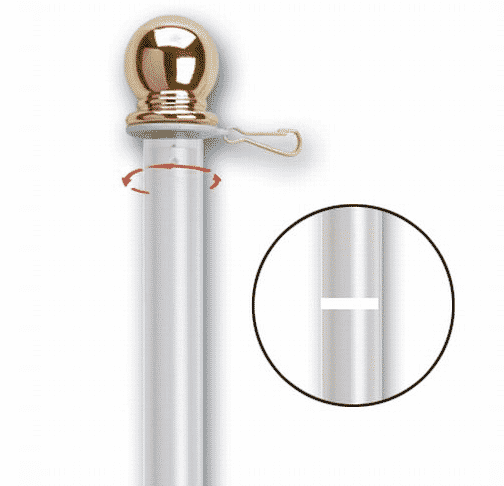
The Full-spin pole has ball bearings inside the bracket that never pivots during a high wind. In the full-spin pole, the pole does not rotate, but the bearings make the pin turn with the wind. The Top-half spin pole has a bearing joint at the midpoint on the pole so the bottom half of the pole never spins. Only the top half spins at the midpoint joint.
Attach the bracket to the flag and flag to the pole. Use split rings to the flag to prevent one of the sides. Insert the pin onto the bracket and the flag onto the pin. This is probably the best option if your flag is connected within your home.
By nature, poles don’t rotate with the wind. That’s why flags wrap around the pole. The rotating pole is used to keep your flag wave from the wind. It has special rings to turn accordingly when the wind occurs.
2. Get An Anti-Furling Pole

Like rotating poles, only certain areas rotate with the wind to keep the flag straight. These are sold only as kits, so make sure that the size fits your pole.
3. Get A Non-Tangle Rod
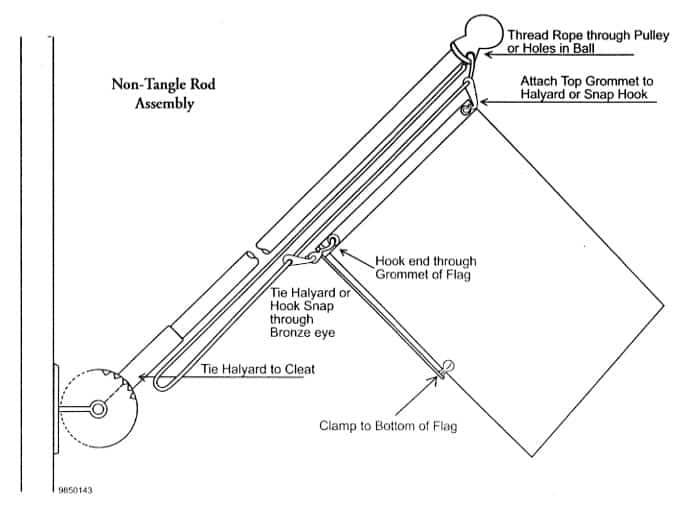
Place the flag in the clamp and tighten the set screw. Attach the rod to the grommet by hooking the open end of the clamp through the grommet. And at last, take the snap on the halyard and attach it to the closed end of the non-tangle rod.
4. Get A Heavy Flag
Due to their thicker design, flags are heavier than low-quality flags. Helps to keep them in place and prevents them from flipping over in gentle wind to get tangled.
Material Used For Flag To Keep It Straight
1. Nylon
Nylon is good at waterproofing. It is a great choice as the main material for outdoor use. Nylon flags are very lightweight. The problem is even the slightest breeze will cause the wrapping around the pole. Nylon is cost-efficient and lasts long as a lightweight material. Due to its bright colors, and the ability of waterproofing, used for mass production.
Ideal for all-purpose and day-to-day flying. Most suitable for mild weather situations because of its lightweight. Provides the most visual impact even in the weak wind. It may fly even in garden poles. For fair-weather zones, the use of nylon is preferred.
Pros:
- Water-resistant
- Vivid colors
Cons:
- Very light
- Easy to tangle
2. Polyester
Polyester is the best choice for your flag. Because they are heavy, strong, and durable. The flag made up of polyester can endure the heaviest wind even storm but the same, to make it fly. Polyester is a nylon-like, plastic type of material. Wind and dirt resistance.
Has a cotton-like appearance but is durable to moisture. But weight is heavier compared to nylon. Endures tough conditions such as strong winds situations. Able to break the pole in the tough wind or on the low-quality pole. Durable by its strength with its gracious appearance. These are lightweight makes suitable for use in strong wind situations.
Pros:
- Long-lasting and durable.
- Best suited for the heavier flag.
Cons:
- Requires strong wind situations to fly.
3. Cotton
Cotton is a traditional material. Cotton flags are not suitable for outdoor use. The reason is that rain soaks them with a strong wind, and ruins the flag. Bad weather ruins the lifespan even if a high-quality cotton flag. Cotton combines vivid colors with good wearing qualities for a great look and value.
Cotton flags are not appropriate for long-term outdoor displays. Easy to fade, discolor, shrink, and lose form happens when used outdoor. Used for short outdoor displays, such as ceremonial and inside use. Wet weather soaks the cloth, it will make the flag quite heavy. Rain with a strong breeze will reduce the flag’s lifetime. It puts strain fully upon the pole and flag attachment accessories.
Pros:
- Traditional lightweight material.
- Easily can get wet during rain.
Cons:
- Nothing to prevent the tangling flag.
How To Prevent Flag From Wrapping Around Pole In A Wind?
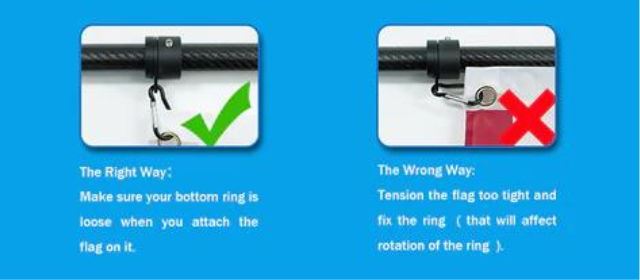
Greater surface area leads to greater resistance, so high chances to wrap around. So less the resistance by one size down. You will end up having a much smaller-looking flag on the pole. Take a PVC pipe that is larger inside diameter than the flagpole’s outside diameter.
Cut into 2 sections of 5/16 inch. Then mount a hose clamp around those sections. Fasten a split ring to the screws of hose clamps. Create two mounting points to rotate freely as the wind blows. Take 2 extra clamps to mount inside the two rotating sections. And mount around the pole. Keep the mounts spaced properly.
How To Prevent Incase Of Garden Flag :
Attach rotating fasteners to the pole and the flag. The part that attaches to the flag can rotate and thus reduce tangling. House walls, hills, trees, fencing, and sheds will provide a windbreak. Nylon or canvas flags are ideal for garden/outdoor use.
Long-lasting and resistant to the outside elements. It would be good to buy with a small size for outdoor ones. Because the big flag will be more ripped and frayed easily by the wind than the small flag.
Device You Can Use
A. Flag Weight
- Flag Weight
It is used to prevent the flag from sliding up or down the pole by its weight. So allowing it to remain visible. Used at the bottom of a flag to keep the retainer down around the pole. Weights come in several sizes. It is recommended to use the least amount of weight to keep your flag down.
B. Retainers
- Beaded retainer For Flagpole
Flags and poles will have to endure wind, weather, and friction. A retainer is used to hold the flag closer to the pole. It spreads the stress out along and to the end of the flag. Use a retainer at the bottom of your flag for both an internal and external halyard. Aware to buy as it is sold by the bottom/butt diameter of your pole.
C. Rotating Collar System
- Rotating Collar System For Flag
The rotating collar system moves the flag to wave according to the direction of the wind. The pole remains stationary while the flags rotate. It has two parts for the top and bottom stationary bands. The band rotates the flag wherever the wind blows while the poles remain stationary.
Make sure no decorations on the top of the pole. Installation is simple. Slide the 2 stationary bands for the bottom onto the rod and with the top one too. Mount the flag to insert the screw.
Final Talk
Some of the flags stay diagonally by securing the lower corner of the flag using a grommet. The mounted cleat is tied by the rope. Hang the flag vertically with the stars a.k.a. union, to the north or east, toward the top. Hang the flag vertically over a sidewalk.

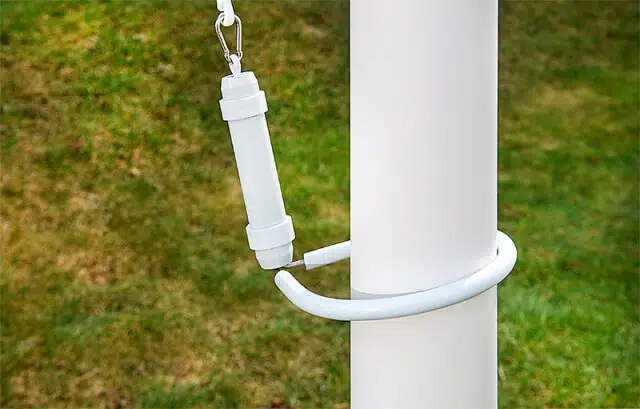
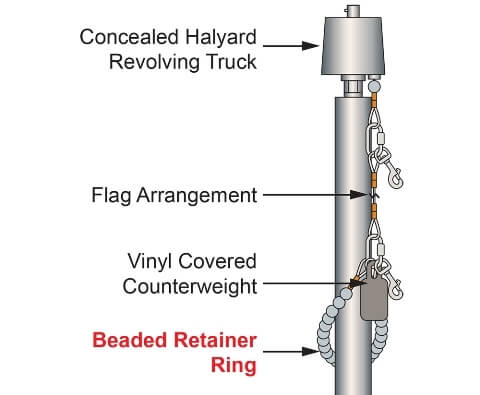
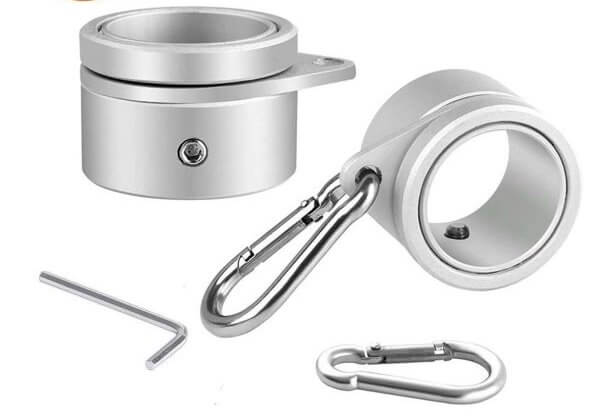
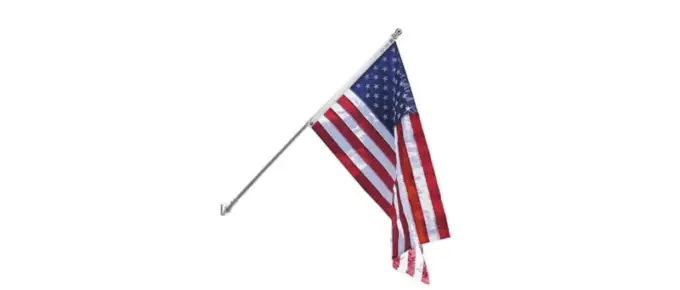
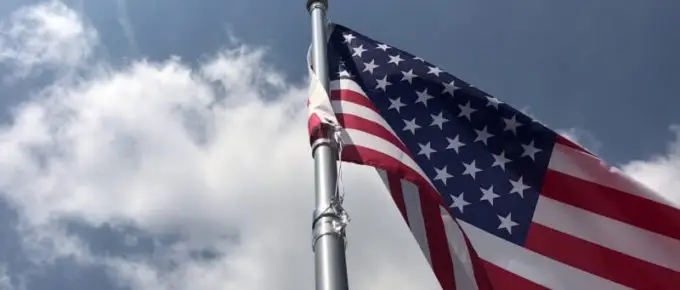

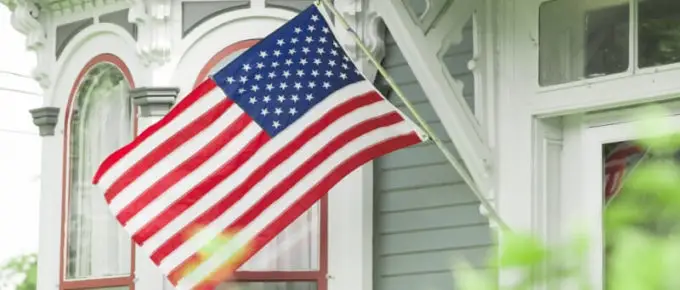
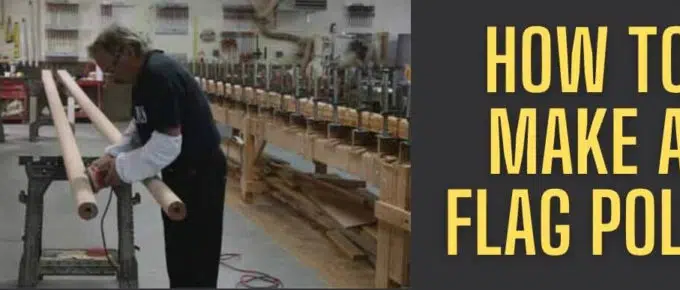
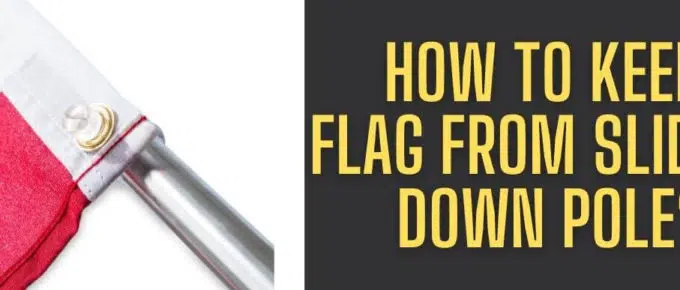
Leave a Reply